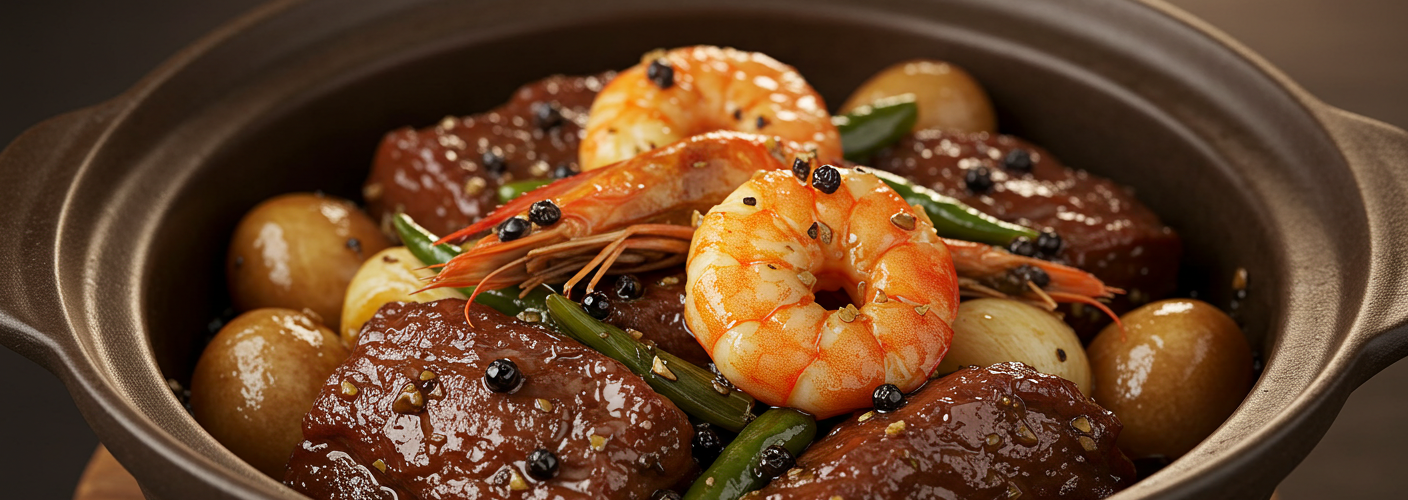Adobo is more than just a dish; it’s a cherished culinary tradition that reflects the rich cultural heritage of the Philippines. With its deep-rooted history and a flavor profile that caters to a range of palates, adobo has become synonymous with Filipino cuisine. Whether made with meat, seafood, or vegetables, this beloved dish is often viewed as the centerpiece of every Filipino gathering.
At its core, adobo involves marinating ingredients in a mixture of vinegar, soy sauce, garlic, and black peppercorns. The marinade not only infuses the main ingredient with flavor but also acts as a preservative, a nod to the dish’s origins during a time when refrigeration was not widespread. This technique results in a savory and tangy profile that is both aromatic and comforting.
The process begins with marinating [item] — which could be pork, chicken, shrimp, or even eggplant — in a concoction of vinegar, soy sauce, minced garlic, and freshly cracked black peppercorns. Each household has its own unique spin on the marinade ratios, leading to a delightful variety of flavors. Some may opt for a sweeter adobo by adding sugar or pineapple juice, while others lean towards a more robust flavor with the inclusion of additional spices like bay leaves or chili peppers.
After allowing the [item] to soak up all those delightful flavors, the next step is browning it in a hot skillet with oil. This step not only adds a beautiful color to the dish but also deepens the complexity of the flavors, creating a range of textures. Once browned, the marinated [item] is submerged back into its savory marinade and left to simmer. This slow-cooking process allows the ingredient to absorb even more flavor while becoming tender and succulent.
The beauty of adobo lies in its versatility. While pork adobo and chicken adobo may be the most recognized versions, there are countless adaptations that cater to various dietary preferences and regional ingredients. For instance, seafood adobo, made with fish or shrimps, offers a lighter and slightly sweeter twist. On the other hand, vegetable adobo is a fantastic option for those seeking a plant-based alternative, featuring an array of ingredients like tofu, eggplant, or even cabbages simmered in the classic marinade.
Adobo is often served with steam rice, allowing diners to soak up the luscious sauce. It’s common to see it accompany Filipino fiestas, family reunions, or even as a comforting weeknight dinner. Beyond its delicious taste, adobo carries with it stories and memories, representing the essence of Filipino hospitality and family bonds.
In recent years, the popularity of adobo has transcended borders. It has found its way into international menus and food blogs, inviting more people to appreciate its complexity and rich history. As people become more adventurous in their culinary explorations, adobo stands out as a dish worthy of celebration.
So, whether you are a seasoned cook or someone new to the kitchen, don’t shy away from trying your hand at this iconic dish. With its simple yet flavorful approach to cooking, adobo not only nourishes the body, but it also warms the heart and brings people together.




Add comment